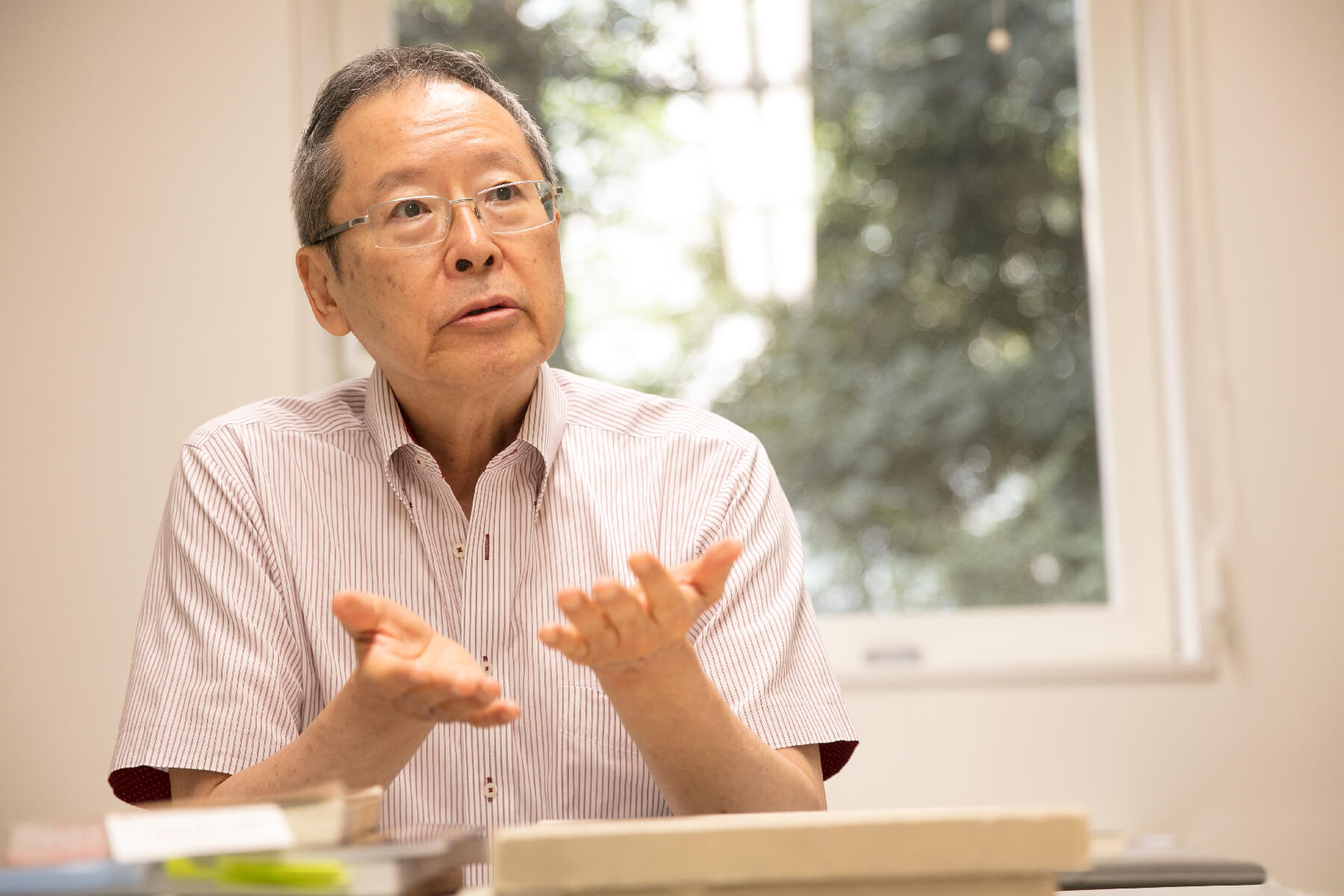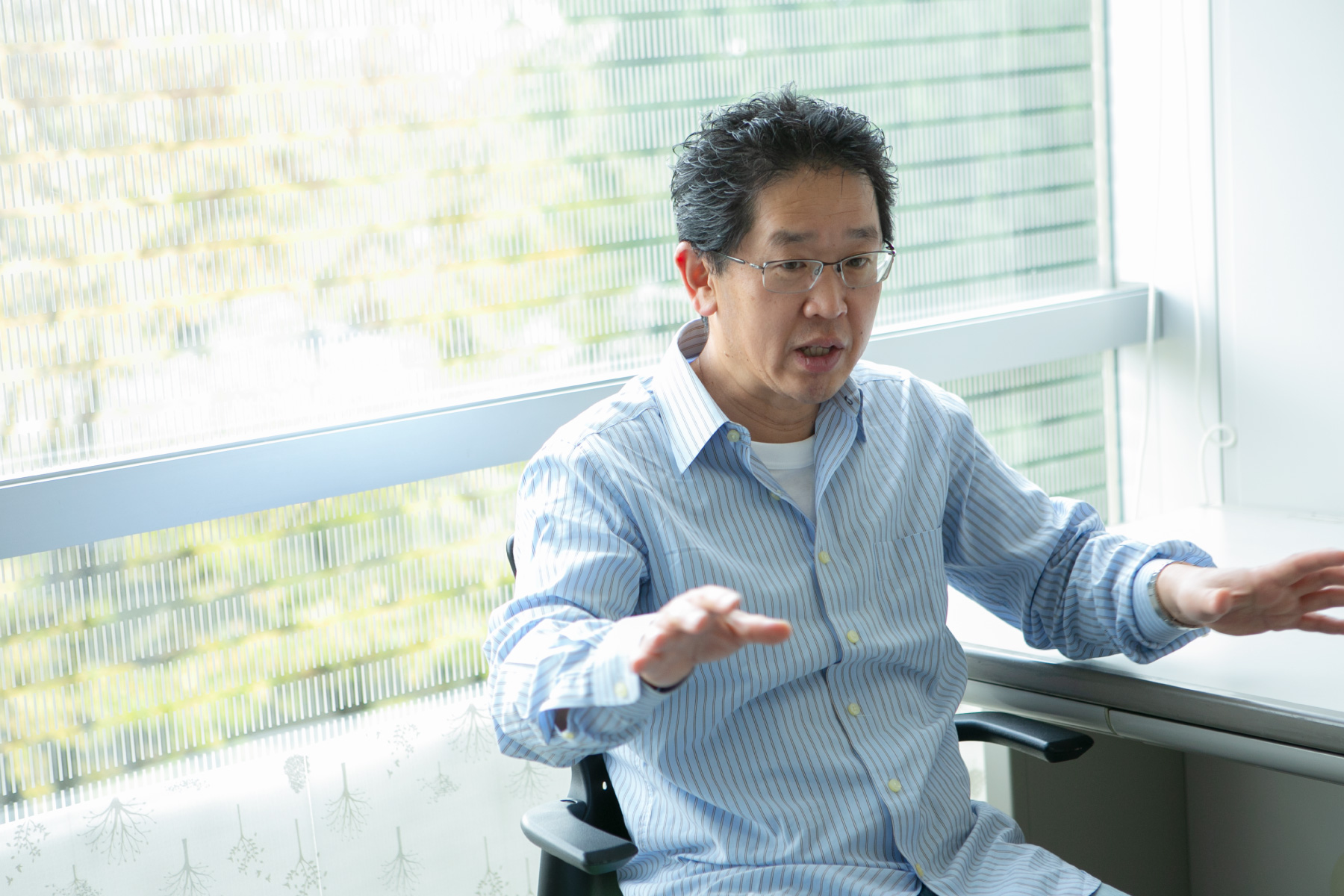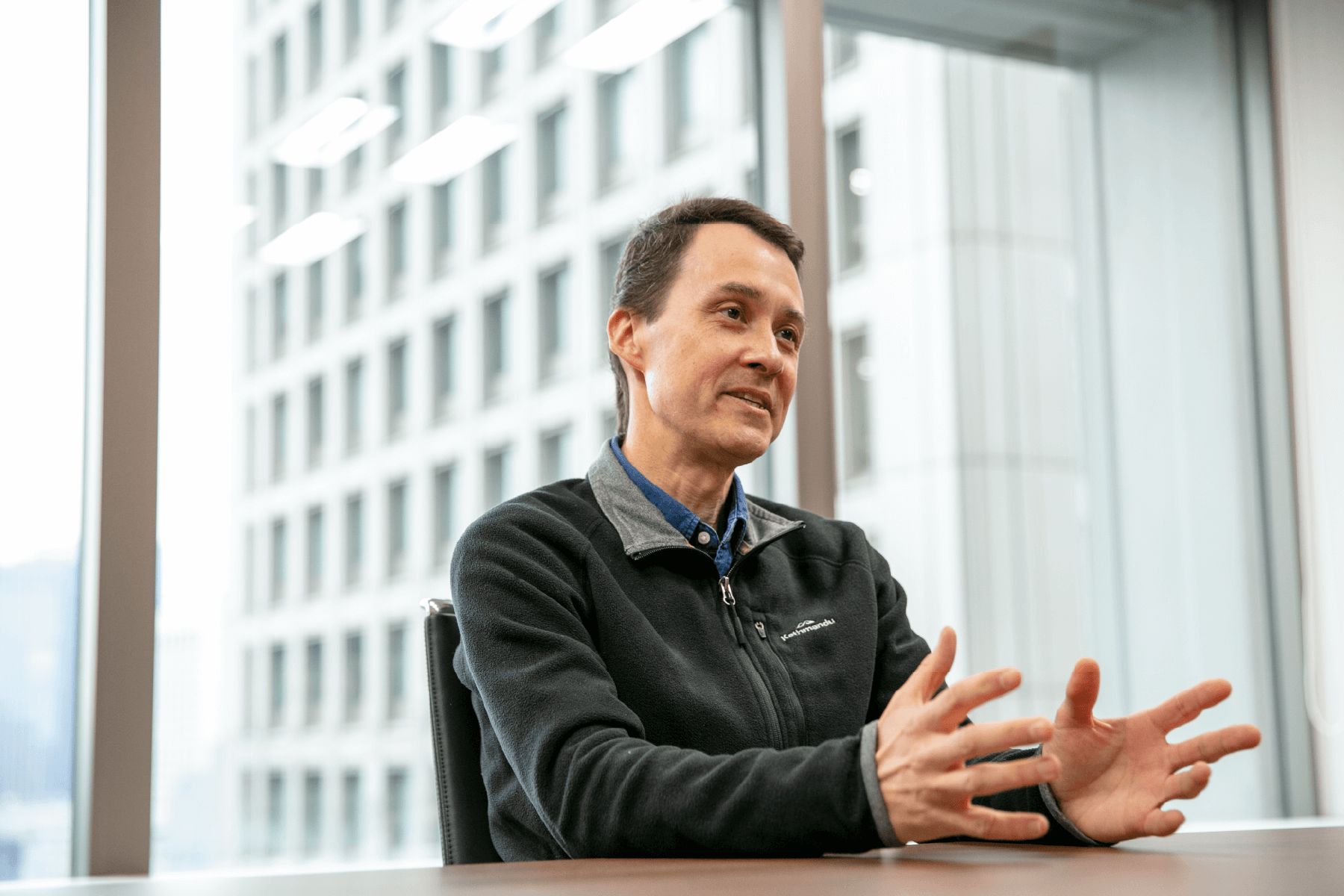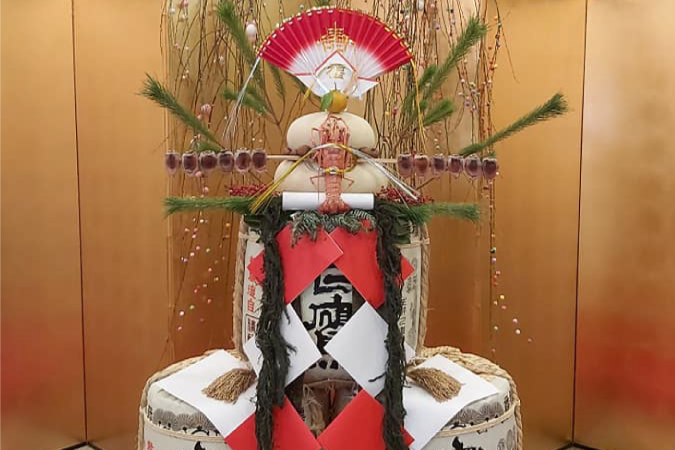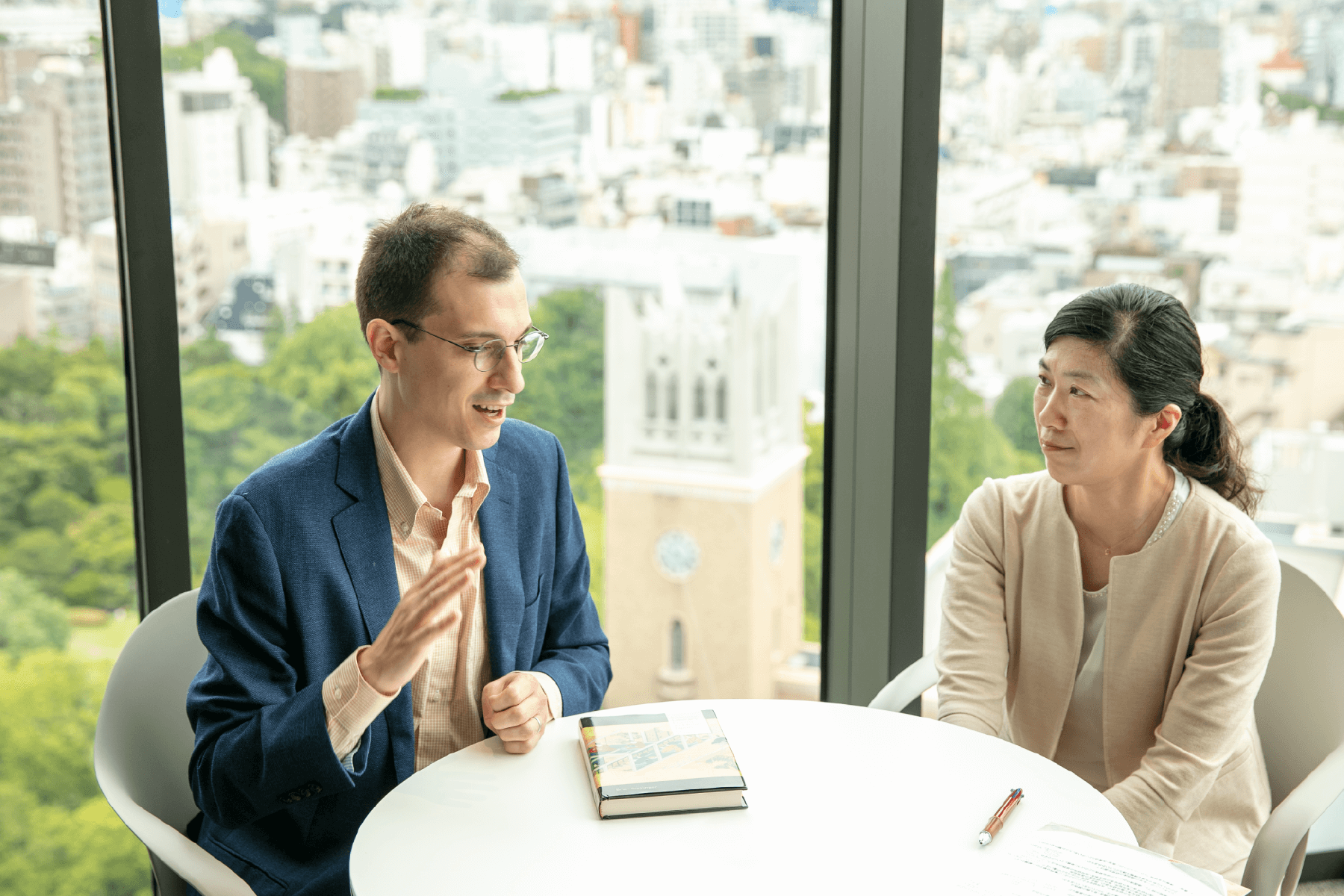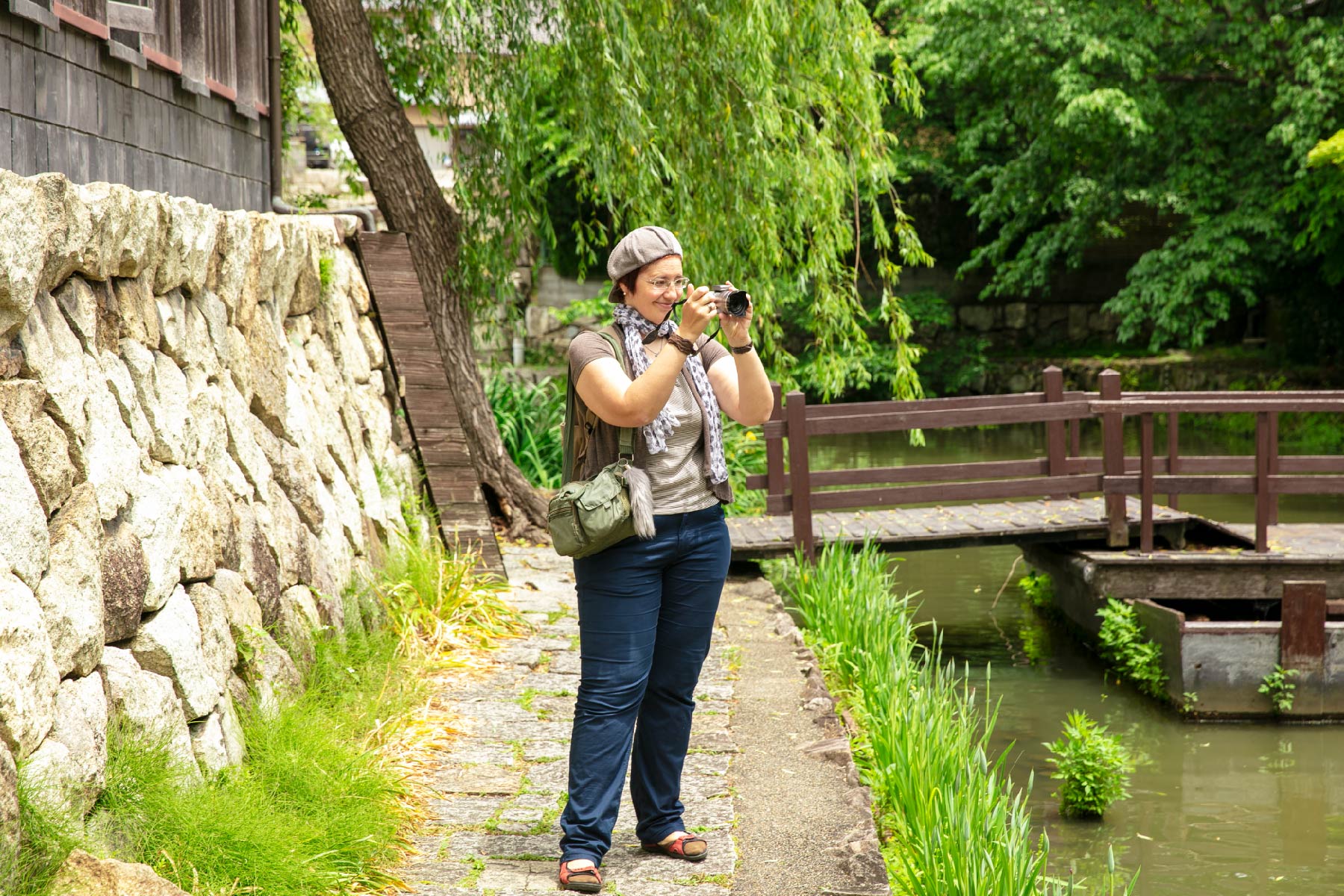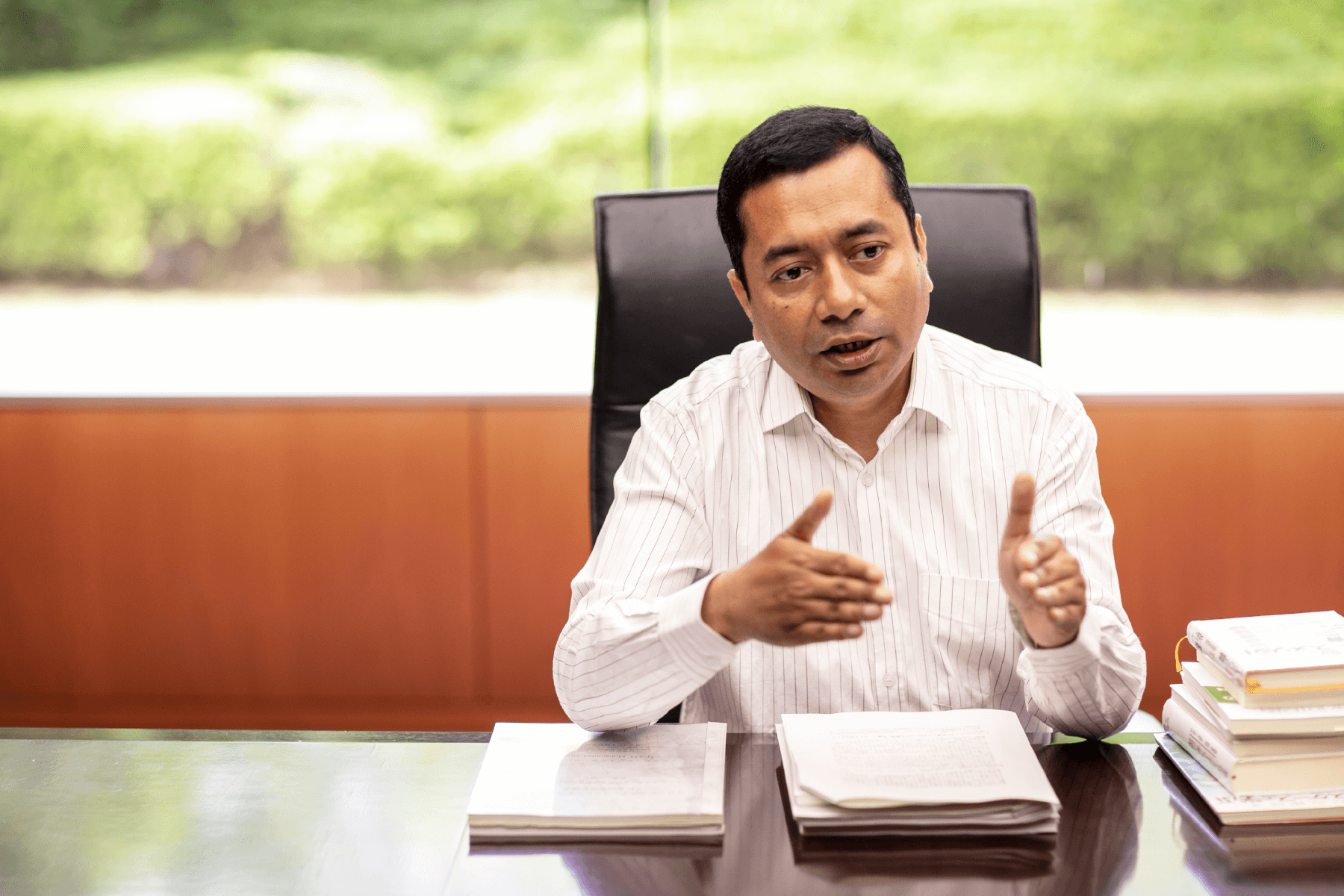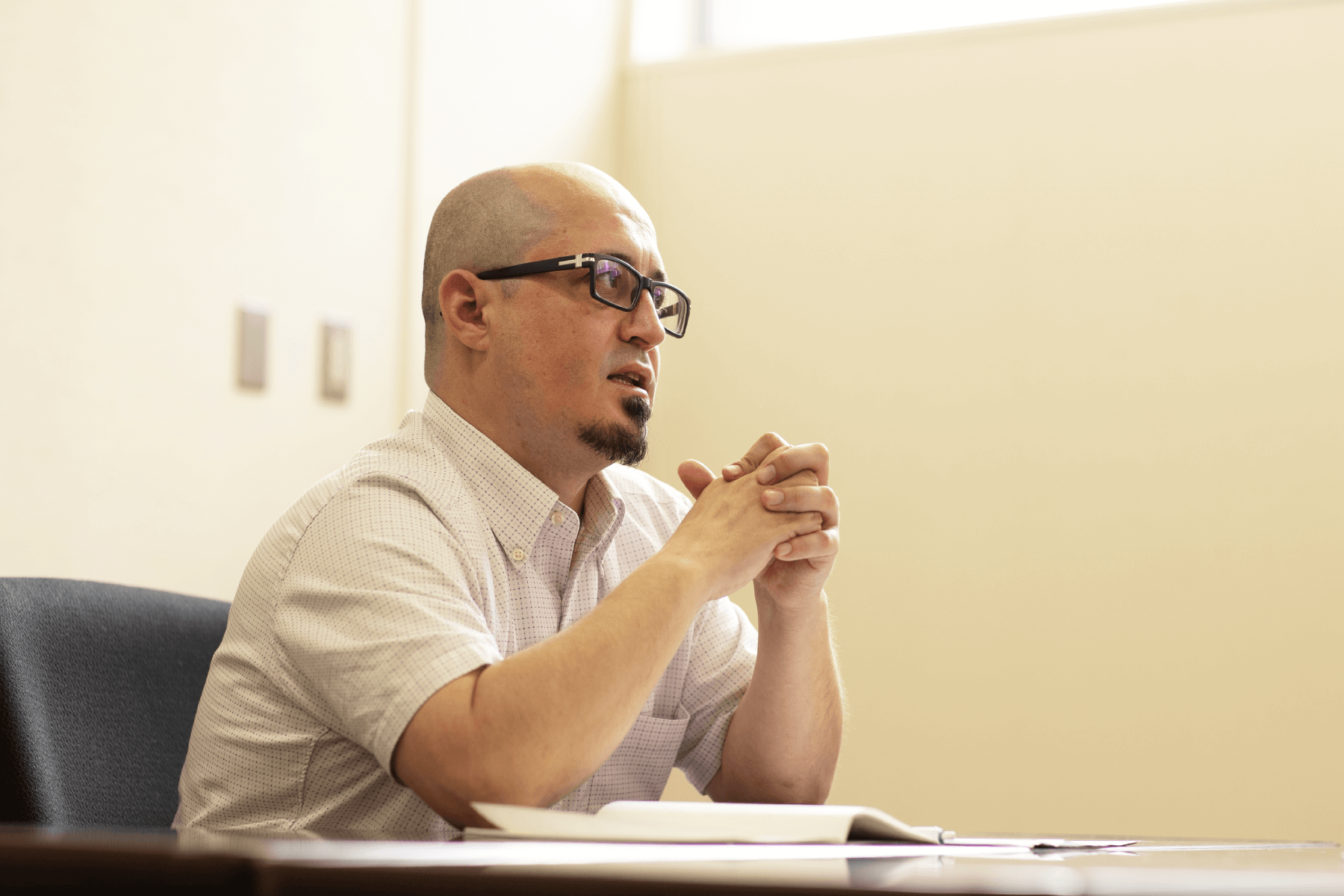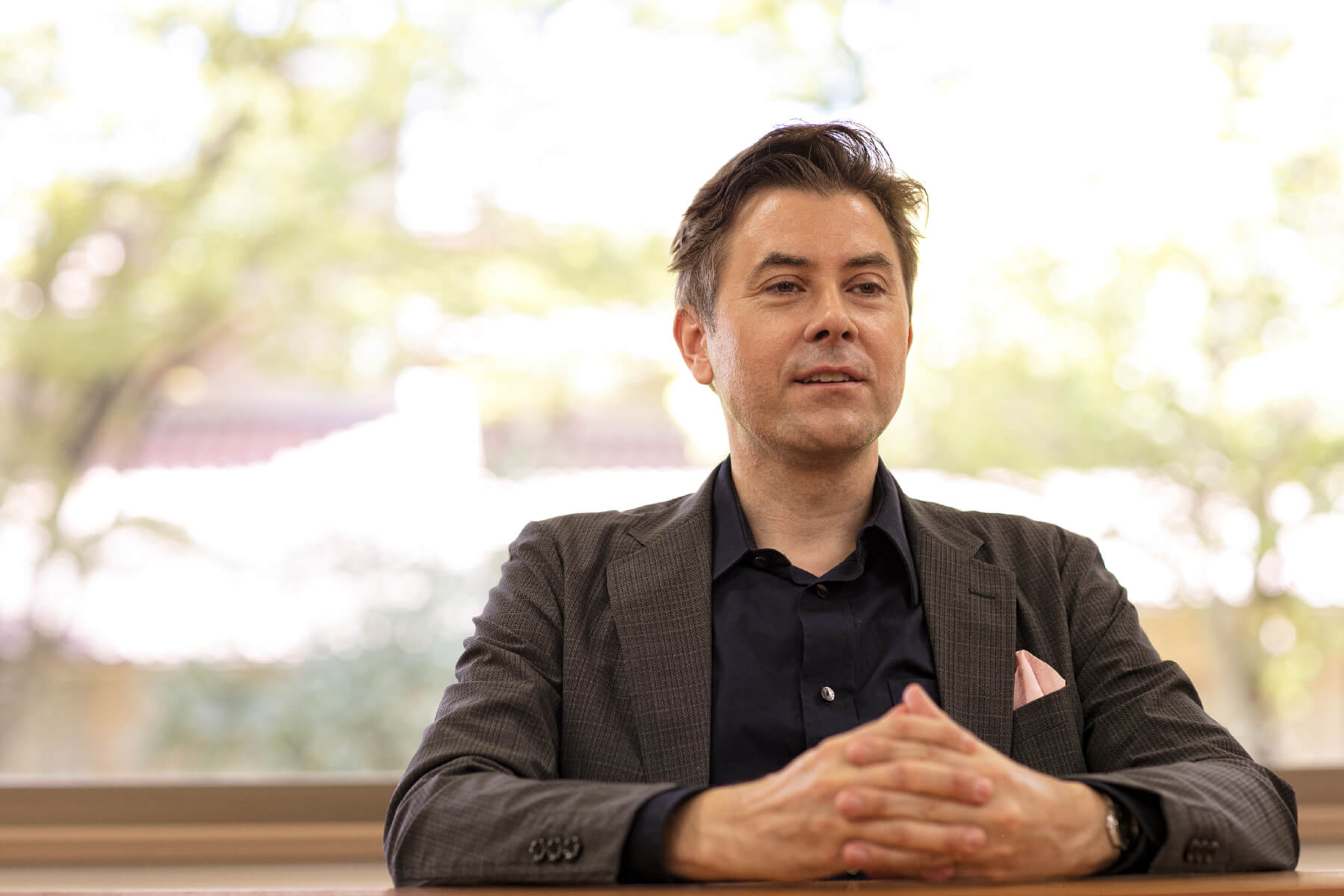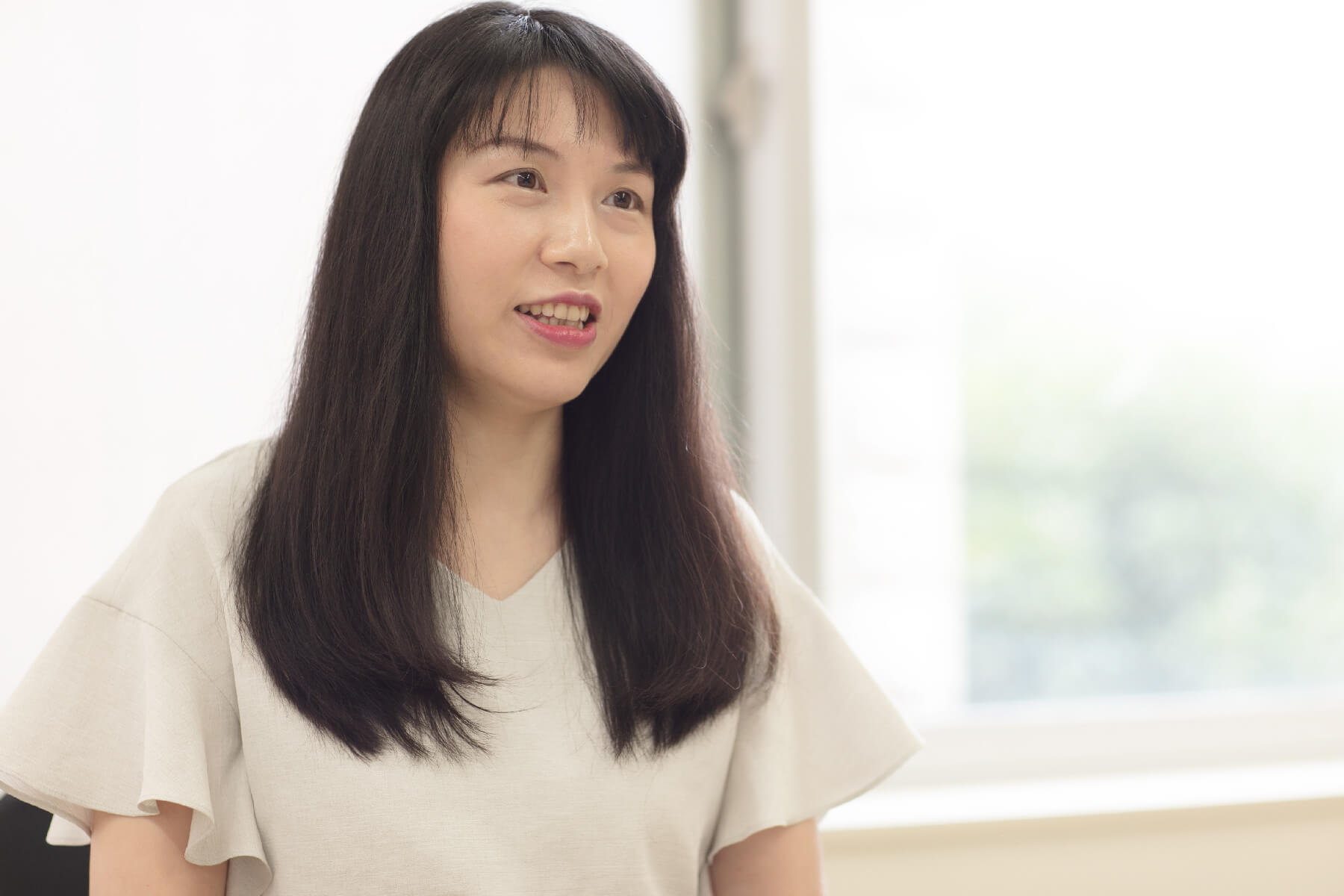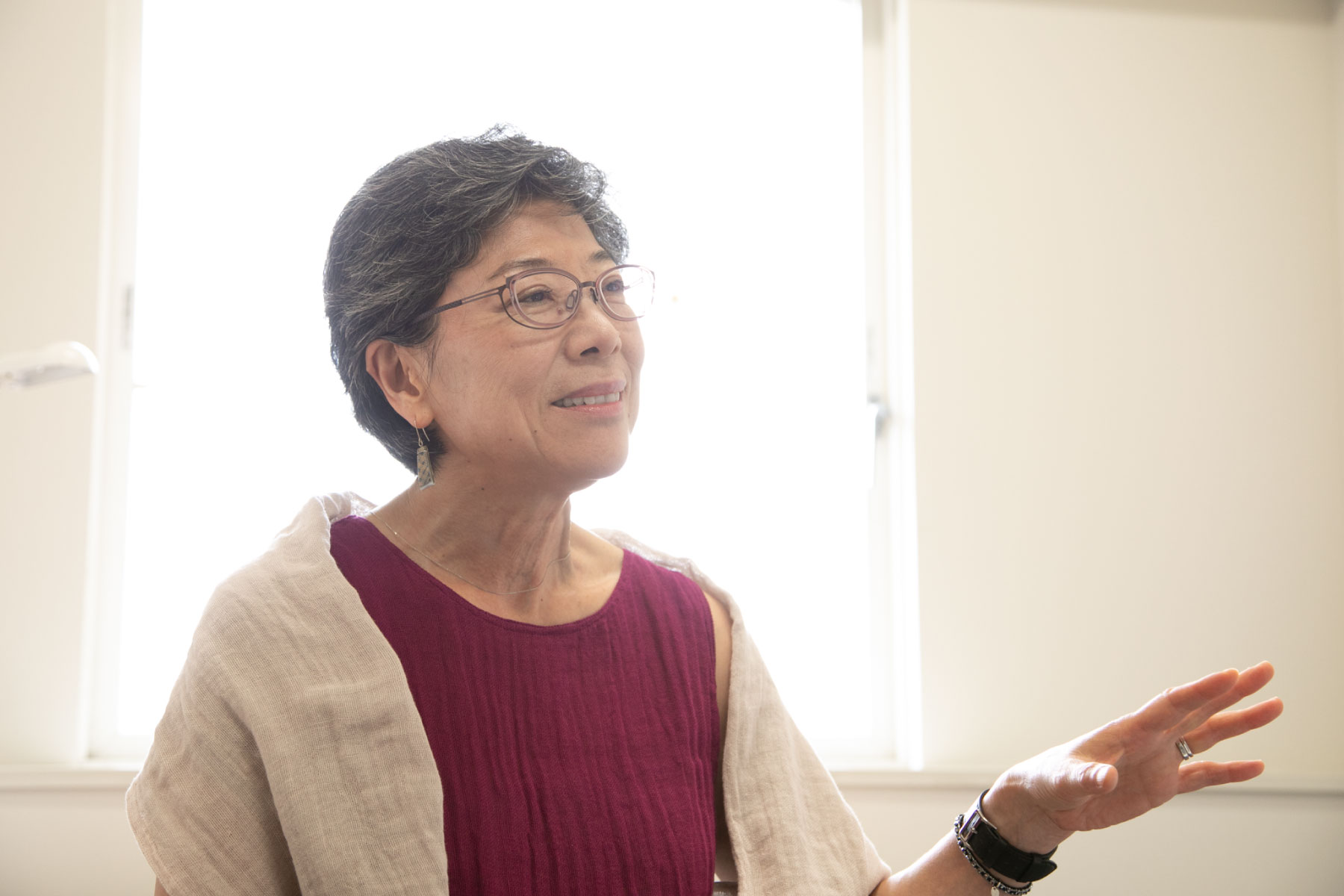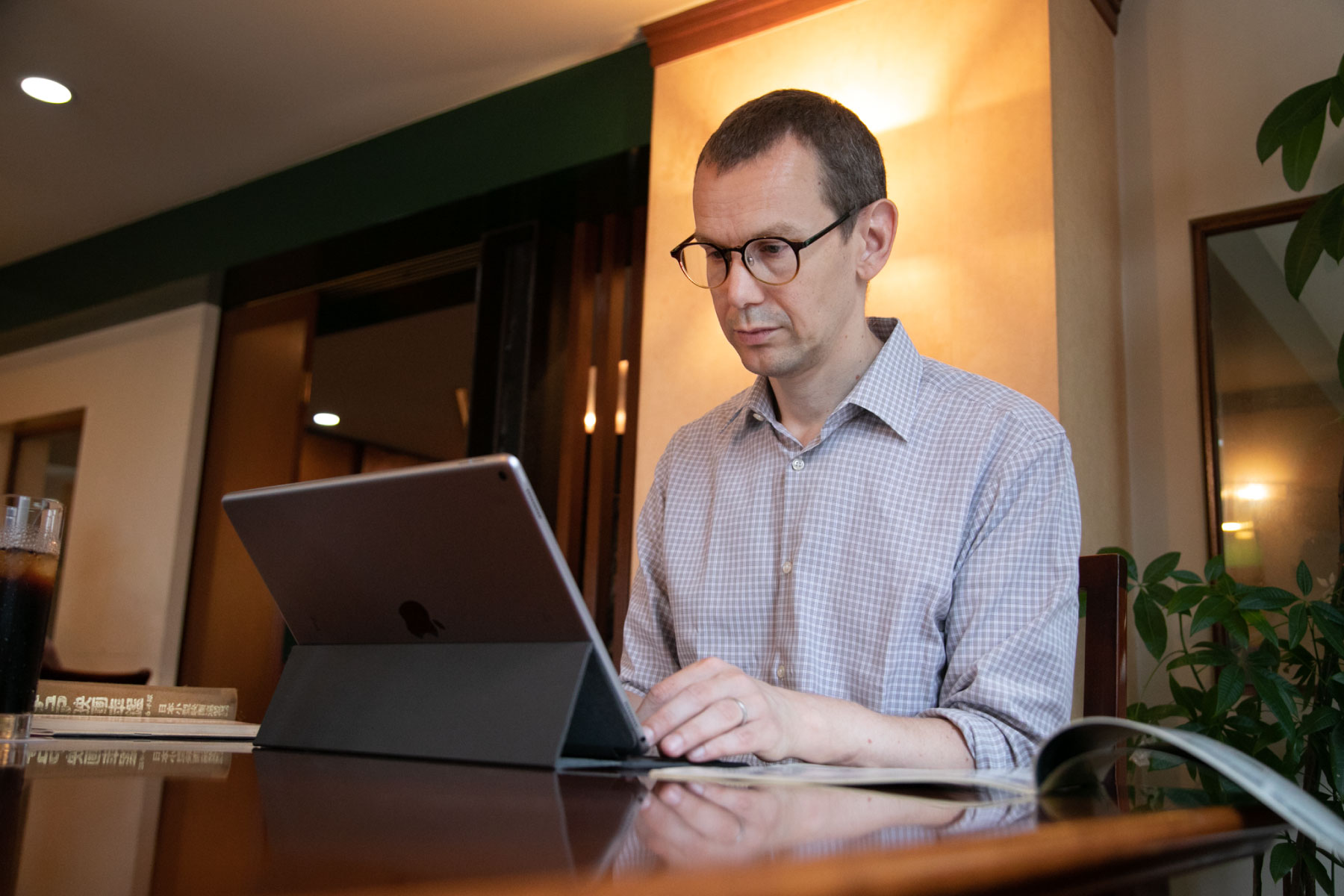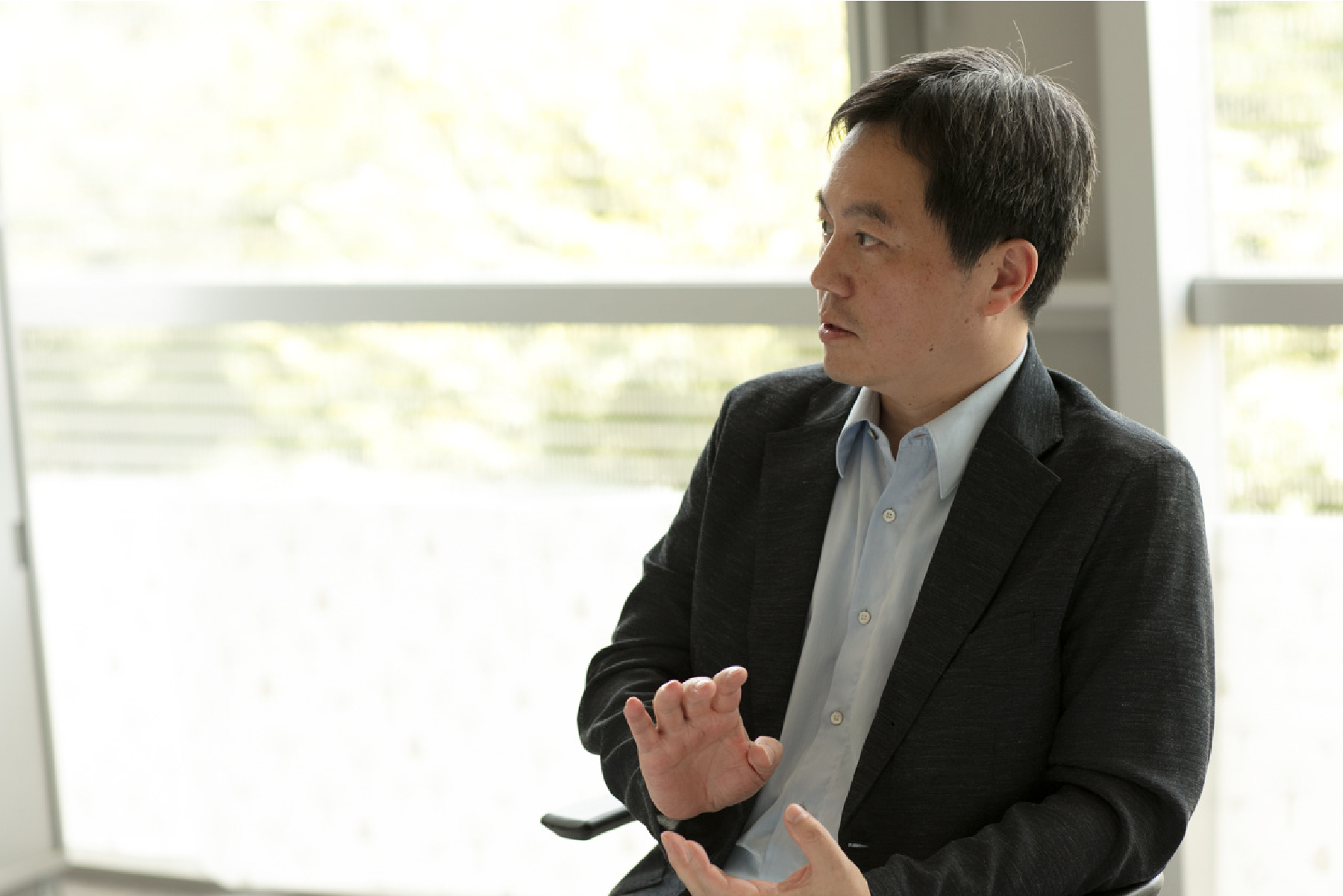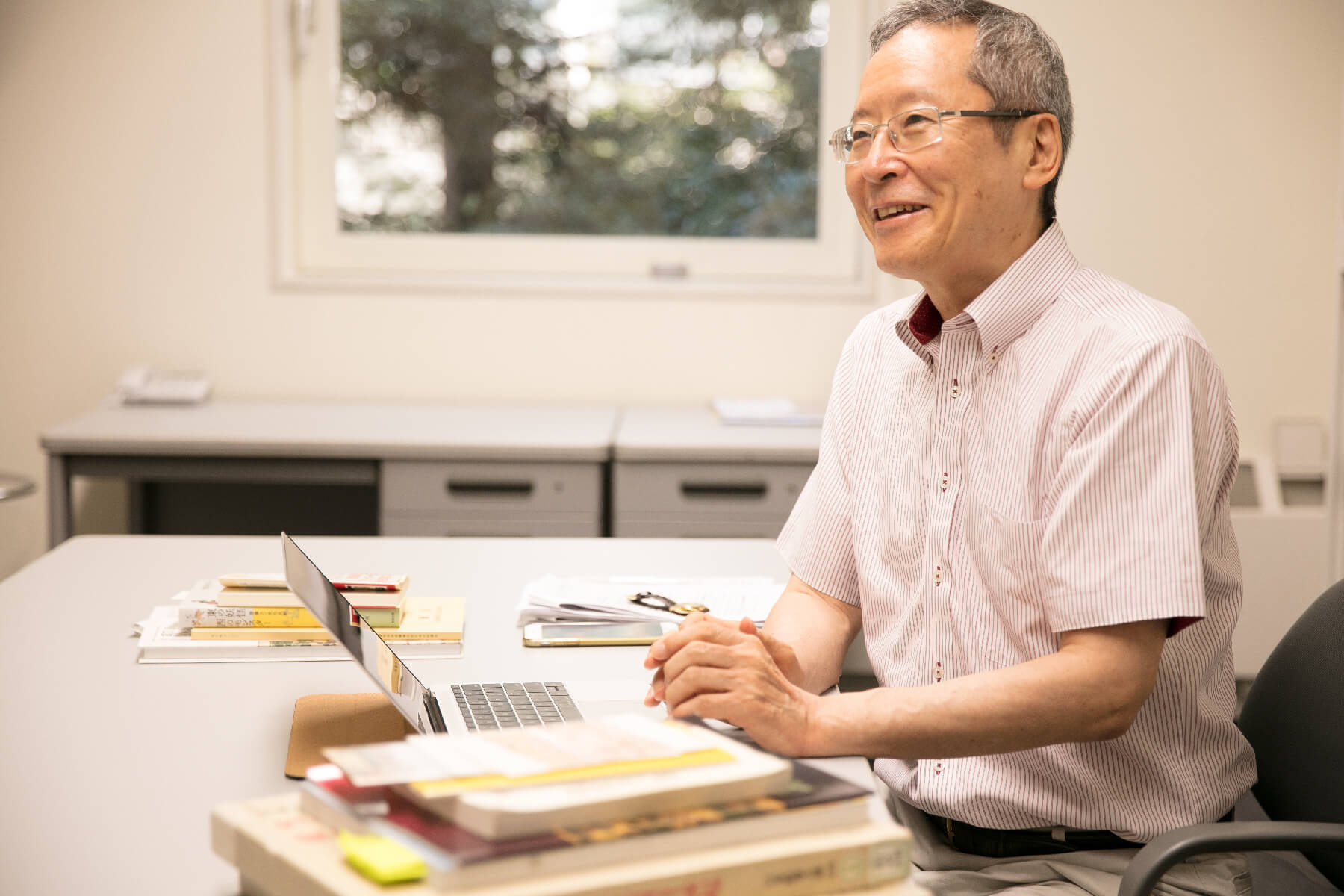
An American with a Japanese name
Professor Shirane, you are now known as a leading figure in Japanese literature research overseas. Please start by telling us a little about yourself. Were you born in Japan?
I was born in Tokyo, but when I was one year old, I moved with my family to America, where I grew up. Many physicists went to America for research after World War II, and my father was one of them. At the time, many immigrant families spoke English at home in order to assimilate into American society. My mother and father would speak Japanese sometimes, but they always spoke English in front of the children. In the environment in which I grew up, there were very few people from Japan or other countries in Asia. I have a Japanese name, but I am an American.
So you didn’t use Japanese in your everyday life from when you were a child. Why did you decide to research Japanese literature?
As a child I wasn’t very interested in Japan, but when I studied abroad in England in my junior year of university, people asked me a lot of questions about Japan. They thought I was Japanese. That is when I started to wonder what sort of country Japan is, and took an interest in its culture and literature for the first time. I learned that there was a novel titled The Tale of Genji, which I read in English and very much wanted to read it in Japanese. Until then I had study English literature, English novels and art, but I returned to university and studied Japanese literature, starting with the basics. After graduating from university, I studied abroad in Japan and learned the Japanese language in a language school. Next, I went to the Department of Comparative Literature and Culture in the Graduate School of Arts and Sciences, at the University of Tokyo, Komaba Campus. That was the starting point for my Japanese literature research.
After that, you went to graduate school in America.
That’s right. I completed my master’s and doctoral programs, then wrote my doctoral thesis about The Tale of Genji. There was a professor researching The Tale of Genji at the University of Tokyo, Hongo Campus, so I went to study under him. After that I went back to America and started full-time work. I then worked at the University of Southern California for 3 years before returning to my alma mater Columbia University.
Japanese studies is a popular field of research at Columbia University, and there are nearly 700 students learning the Japanese language. My specialization is in Japanese literature with a focus on classics, but students learn about Japan in many different fields, including history, religion, and art, earning their doctorates and becoming researchers. The university fosters the growth of researchers studying Japan.
I teach not only Japanese classical literature, but a wide range of subjects in Japanese literature and culture, covering various eras and genres. I also translate various Japanese literary works into English and compile anthologies of such English translations. My first book was about research on The Tale of Genji. After that I took interest in poetry and wrote a book about the impact that the haikus of Matsuo Basho had on the West.
When I teach classical literature, I teach ancient literature to my students. I wrote a textbook about ancient literature in order to do this. I thought that instead of having students master Japanese before studying ancient literature, I could teach ancient Japanese literature in the same way that people teach Latin or Greek, and so I invented a method for doing this. Of course, they would have to learn some modern Japanese as well, but it’s possible to learn Japanese from ancient literature. I think that most people studying ancient Japanese literature in America now use this textbook.
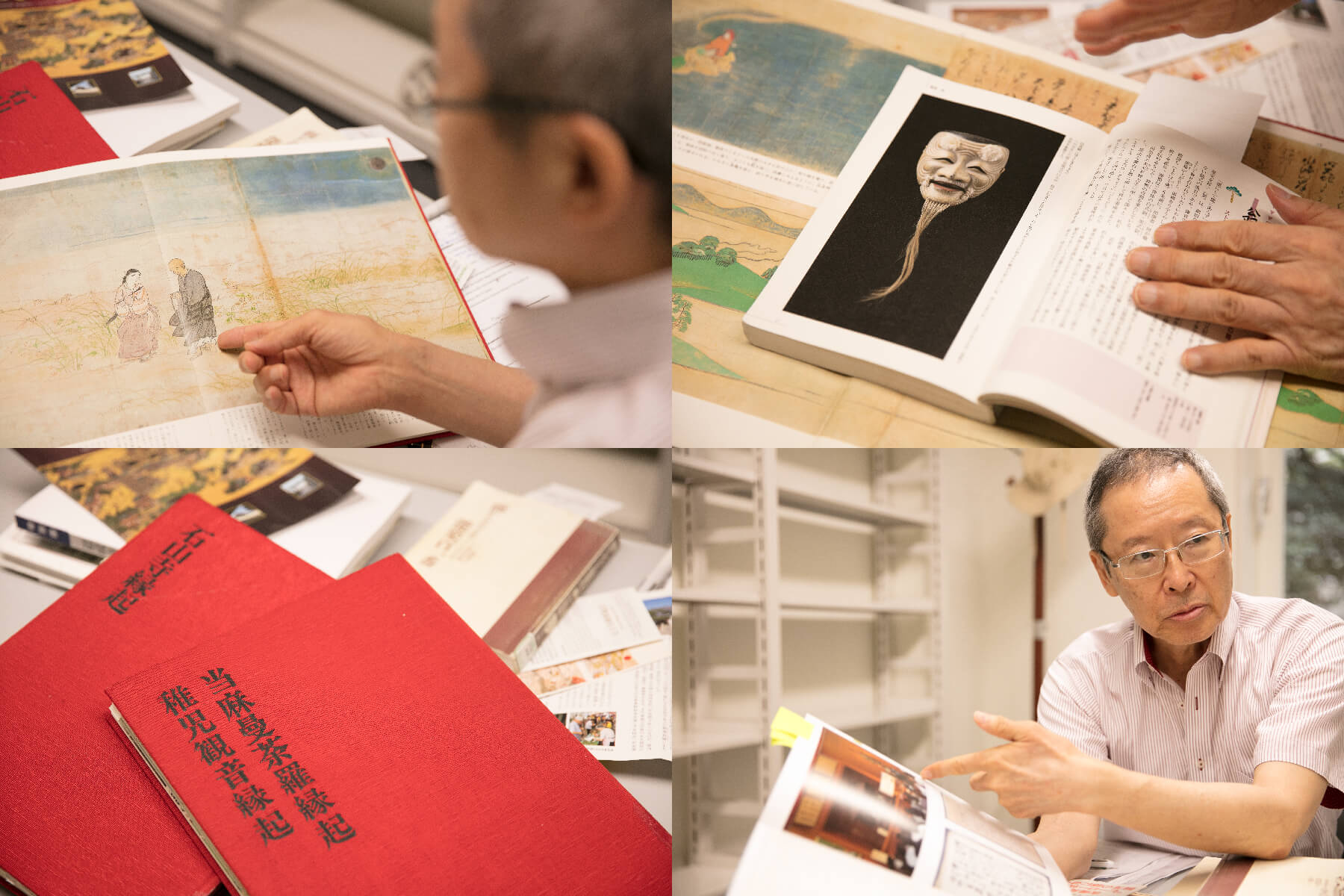
Japanese performing arts “show the unseen”
Your current research is on Japanese performing arts with a focus on Noh theater. Why did you choose this theme for your research?
In February 2018, I published a book entitled Monsters, Animals, and Other Worlds, which is a compilation of 33 translated tales from Otogi-zoshi (a group of about 350 Japanese prose narratives written in the Muromachi period from 1392 to 1573 AD). While compiling this work, I was made to wonder why the “spirit world” was of such great importance in medieval, early modern, and pre-modern Japan. The spirit world is where you go after you die, the world of gods and Buddhas. People in medieval Japan were terribly frightened by the spirit world. They believed that all fortune in this world—both good and bad—was brought upon them by the spirit world. Yet while this world can be seen, the spirit world remains unseen. It is even more terrifying because it is unseen. Many of the works of Japanese performing arts, including Noh, Joruri, Kabuki, and scroll paintings feature the spirit world. Indeed, 80% of Noh songs are not about this world, but about encounters with the spirit world. My belief is that performing arts once served the very important role of “showing the unseen”.
Japanese gods are not all as kind as they are in the Noh play Takasago, in which the gods of two pine trees appear in the form of an elderly couple; some gods rage and destroy. Gods also bring natural disasters and other bad fortune to this world. Performing arts have the role of recreating this world in a form that the eyes can see, while also offering thanks to the gods who bring good fortune, and reposing gods who bring bad fortune. They also soothe the souls of people who died in an inauspicious manner. These patterns are incredibly complex, so I study them from several different perspectives.
You research the spirit world not only in Noh, but also in many other fields.
The spirit world, and the gods, Buddhas, ghosts, and demons who feature prominently in it, are important key terms in my research. This includes many different genres, such as folklore, temple histories, Mai, Noh, Kyogen, and Otogi-zoshi.
A very common type of story in Noh features gods, Buddhas, or the ghosts of deceased relatives and ancestors coming from the spirit world to convey some message. Often, they do this in dreams, but they also do this by transforming—in other words, by taking the form of a human. Their alternate forms typically include that of an old man, a child, or a shrine maiden. However, these forms did not begin with Noh. Since the late Heian period (794–1185 AD), there have been stories of gods and Buddhas transforming into humans, including folk tale collections, temple histories from various places, and scroll paintings. What’s more important than Noh itself is the reason that this worldview appeared before Noh existed. I want to know the history behind this.
I have researched Otogi-zoshi for many years, but the link between Otogi-zoshi and Noh has hardly been researched at all. Although literature and performing arts are different genres, they have much in common. They originated in the same era, and they handle the same themes. For example, Noh has many works themed on Ono Komachi and Izumi Shikibu, and the same is true for Otogi-zoshi. Noh has such famous works as Seiganji, but there are things that you cannot understand from the Noh story alone. In this work, Izumi Shikibu simply becomes a Bodhisattva, but the reason he becomes a Bodhisattva is not explained. However, the Otogi-zoshi stories about Izumi Shikibu explain that he had committed many sins. Finally, he becomes a disciple of Shoku Shonin and joins the Buddhist priesthood.
I consider it extremely important to see things comprehensively, so the elements of both Noh and Otogi-zoshi are essential. I wanted to place Noh among the great genealogies of this era.
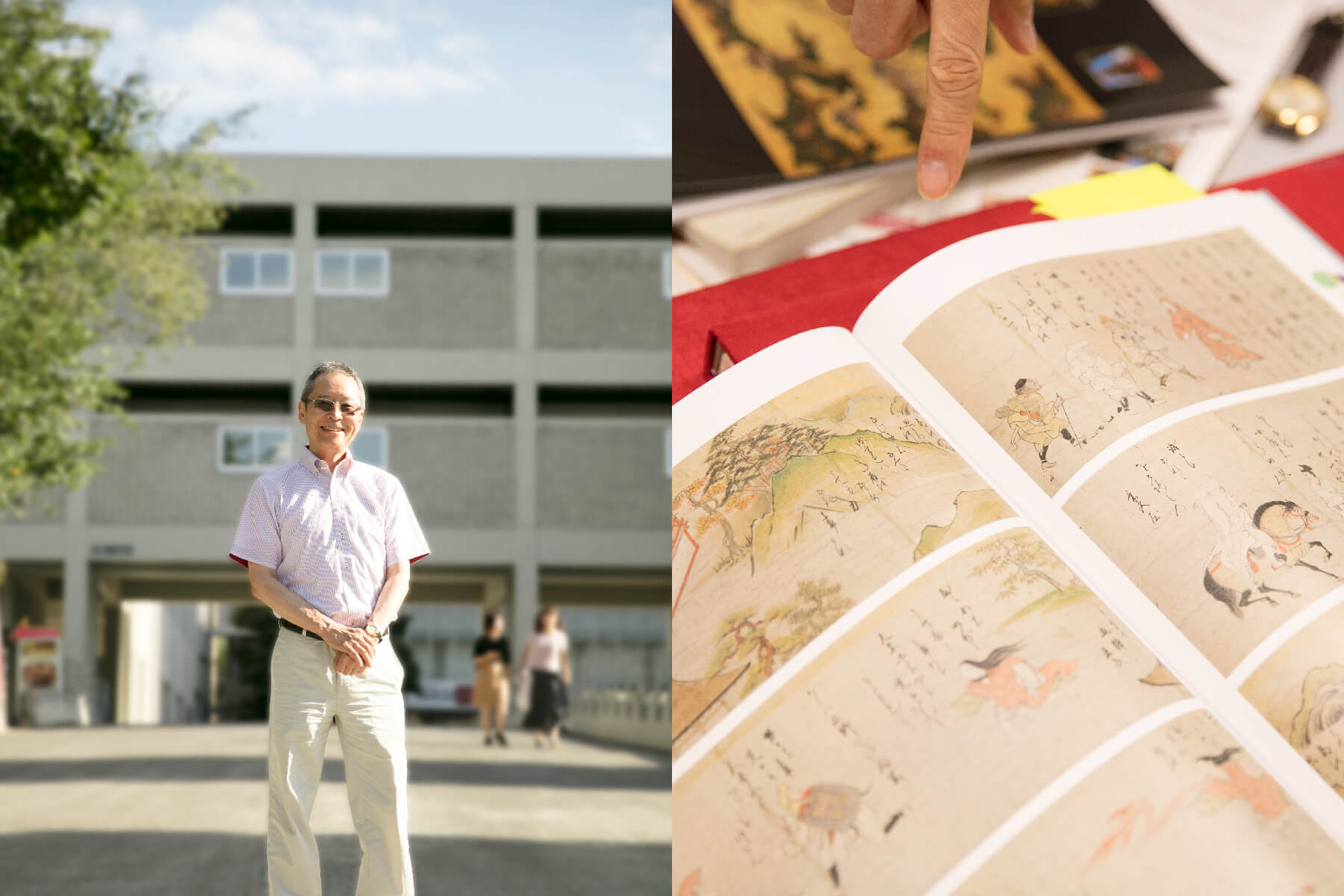
Experience traditional performing arts passed down for a thousand years
Did you have discoveries or experiences that you could not have without performing research in Japan?
The most important would be that I was able to experience and gain a deeper understanding of Noh as a performing art. I went to the National Theater of Japan many times each week to see live Noh performances, and I was able to learn utai (the vocal music of Noh) from Noh performers as soon as I came to Japan in March—so I was able to get in contact with real performers to receive training. I think it’s really a miracle that Japan has a place for amateurs to learn from professionals, so that traditional performing arts can continue for a thousand years, from medieval times to the modern day. Trying it for myself taught me how difficult it is, and let me experience Noh not as mere drama with lines, but as an operatic performing art that places great importance on music, dance, and vocals.
Utai sheet music has many different marks, and I did not understand what they meant. It’s something I could only learn in person, directly from a teacher. Furthermore, there are many different schools of Noh. The teacher I learned from belongs to the Kanze school. On the stage, the protagonist, supporting characters, kyogen performers, and even the style of instrumental accompaniment differ depending on the situation. However, because they have a common musical structure, professional performers can match their timing, even if they practice different styles. It was a really precious opportunity to look into the unique world of the Japanese performing arts.
One of the reasons why I am glad that I studied in Japan is that it still retains these traditions. In Europe, there is still art in the form of ancient and medieval buildings and paintings, but there are hardly any living performing arts, for example theater like Noh, or festivals.
Why do you think Japan still has traditional performing arts?
I think one major factor is that arts are passed down within families. Japan has a system called “Iemoto”, wherein a single family passes on traditional performing arts. In the past, there was no such thing as the “individual” in Japan. Individuals were members of a family, and they lived for the sake of their family. For that reason, traditions have been carefully guarded. There is also the unique Japanese master and apprentice relationship that I mentioned earlier. One reason for this is that professionals would earn money by teaching amateurs. In Europe, artists required a patron, so the art collapsed when patrons disappeared. In the case of Japan, artists are not separate individuals, but work with the bond between teacher and pupil, senior and junior student within their respective schools, which has been a major driving force that supports Japanese culture.
One more thing is that Japanese performing arts are deeply tied to annual events. During this stay, I saw many annual events all over Japan. There are many festivals and performing arts are the core of these festivals. In April of this year, I went to Shoryoe, an annual event at Shitennoji Temple in Osaka. The event combines Bugaku (ceremonial song and dance) and a Buddhist memorial service. It is held to soothe the spirit of Shotoku Taishi on the day of his death. This Bugaku has continued for 1,400 years, since the Heian period. It’s an annual event, so it must be held every year. If the event is not held, they may be cursed.
How do you plan to apply this research in the future, and how will you pass it on to future researchers?
I am currently writing a book that compiles the results of this research. The title is Showing the Unseen: Gods, Demons, Ghosts, Performance and Borders. During these 6 months of research, I decided to write one chapter every month, and while it’s still just a rough draft, I have already finished Chapter 5. My first goal as a researcher is to complete this book as soon as possible.
As for how I will pass it on to future researchers, I plan to incorporate my research into a course that starts in the spring. One idea I have considered is to tie together classical performing arts and popular culture for my undergraduate students. Many Japanese manga and anime feature the spirit world as a theme, and scroll paintings are like movies in the modern day. Buddhist priests would narrate the content of scroll paintings as they wind them from right to left.
I’m thinking of narrating scroll paintings in place of a monk. I’m not sure if I could do it very well though. Then I thought that I could ultimately have the students make their own scroll paintings. The same as the master and apprentice system in Japan, I expect that this process of not just watching and listening, but actually participating and experiencing this for yourself will be important in the field of education in the future.
(Interview conducted in August 2018)



